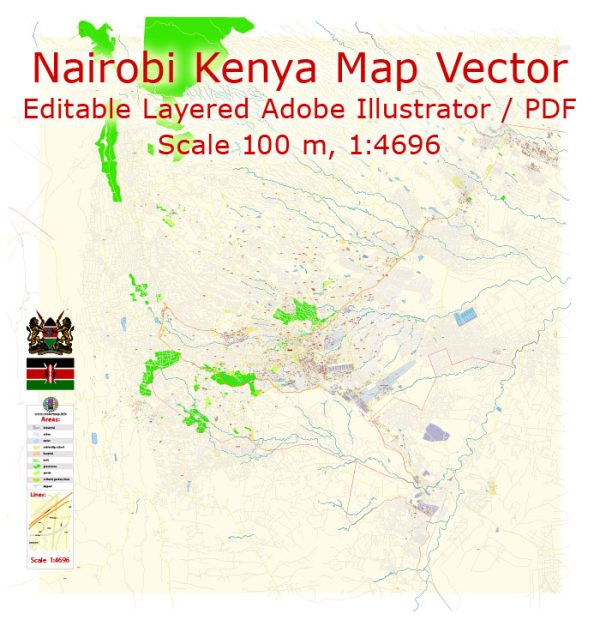Nairobi, the capital and largest city of Kenya, has a rich history of urban development that spans over a century. The city’s growth and evolution have been influenced by a combination of historical, political, economic, and social factors. Here’s an overview of Nairobi’s history of urban development:
- Early Settlement and Railway Construction (Late 19th Century):
- Nairobi’s origins can be traced back to the late 19th century when the British colonial authorities established a supply depot for the Uganda Railway project, which aimed to connect the port of Mombasa to the interior of East Africa.
- The railway construction led to the establishment of a camp at Mile 327, which later developed into a settlement known as “Nairobi,” a Maasai term meaning “cool water.”
- Colonial Era (Early to Mid-20th Century):
- Nairobi became the capital of British East Africa in 1905, a status it retained when Kenya became a British colony in 1920. The city grew rapidly as it became a hub for European settlers, traders, and government officials.
- During this period, the city’s architecture reflected colonial influences, with buildings such as the Sarova Stanley Hotel and the Norfolk Hotel becoming iconic landmarks.
- Post-Independence (1960s Onward):
- Kenya gained independence from British rule in 1963, and Nairobi continued to play a central role as the capital of the new nation. The city experienced significant growth and modernization.
- In the post-independence era, there was an emphasis on infrastructure development, with the construction of roads, schools, and government buildings. The city expanded both geographically and demographically.
- Economic Growth and Skyscrapers (Late 20th Century to Present):
- Nairobi has emerged as an economic hub in East Africa, attracting businesses, financial institutions, and international organizations. The city’s skyline has seen the rise of modern skyscrapers, including the Times Tower, UAP Tower, and Britam Tower.
- The Central Business District (CBD) is a bustling commercial center with a mix of modern office buildings and colonial-era structures. The city’s economy has diversified, with sectors such as finance, technology, and services contributing to its growth.
- Challenges and Urbanization Issues:
- Like many rapidly growing cities, Nairobi faces challenges related to infrastructure, housing, and informal settlements. Issues such as traffic congestion and inadequate public transportation have been focal points for urban planners.
- The city has also experienced the development of informal settlements, such as Kibera, one of the largest slums in Africa. Efforts have been made to address these challenges through various urban development initiatives.
- Green Spaces and Cultural Attractions:
- Nairobi is known for its green spaces, including Karura Forest and Nairobi National Park, which provide a contrast to the urban environment.
- The city has cultural attractions such as the National Museum of Kenya, showcasing the country’s rich cultural and natural heritage.
Nairobi’s history of urban development reflects its dynamic evolution from a railway camp to a vibrant, cosmopolitan city. The city continues to adapt and grow, facing challenges while embracing opportunities for economic and social progress.


 Author: Kirill Shrayber, Ph.D.
Author: Kirill Shrayber, Ph.D.